Deutsche Version siehe unten
Carsten Rühlemann, Federal Institute for Geosciences and Natural Resources in Hannover, Germany
I am working in the Marine Resource Exploration department at the Federal Institute for Geosciences and Natural Resources (Bundesanstalt für Geowissenschaften und Rohstoffe, BGR), Germany’s geological survey in Hannover. In 2004, the federal government led by the Social Democratic Party (SPD) and the Green Party advised the BGR to apply for an exploration license for manganese nodules in the Pacific Ocean. The controlling authority for applications in areas beyond national jurisdiction is the International Seabed Authority (ISA) in Kingston, the capital of Jamaica. At that time, prices for metal raw materials were rising sharply and the German government was concerned about the future supply of metals that are important for Germany’s economy and well-being. It therefore decided to invest in the exploration of deep-sea raw materials, which had revived after the 1970s and could be one potential option for security of supply.
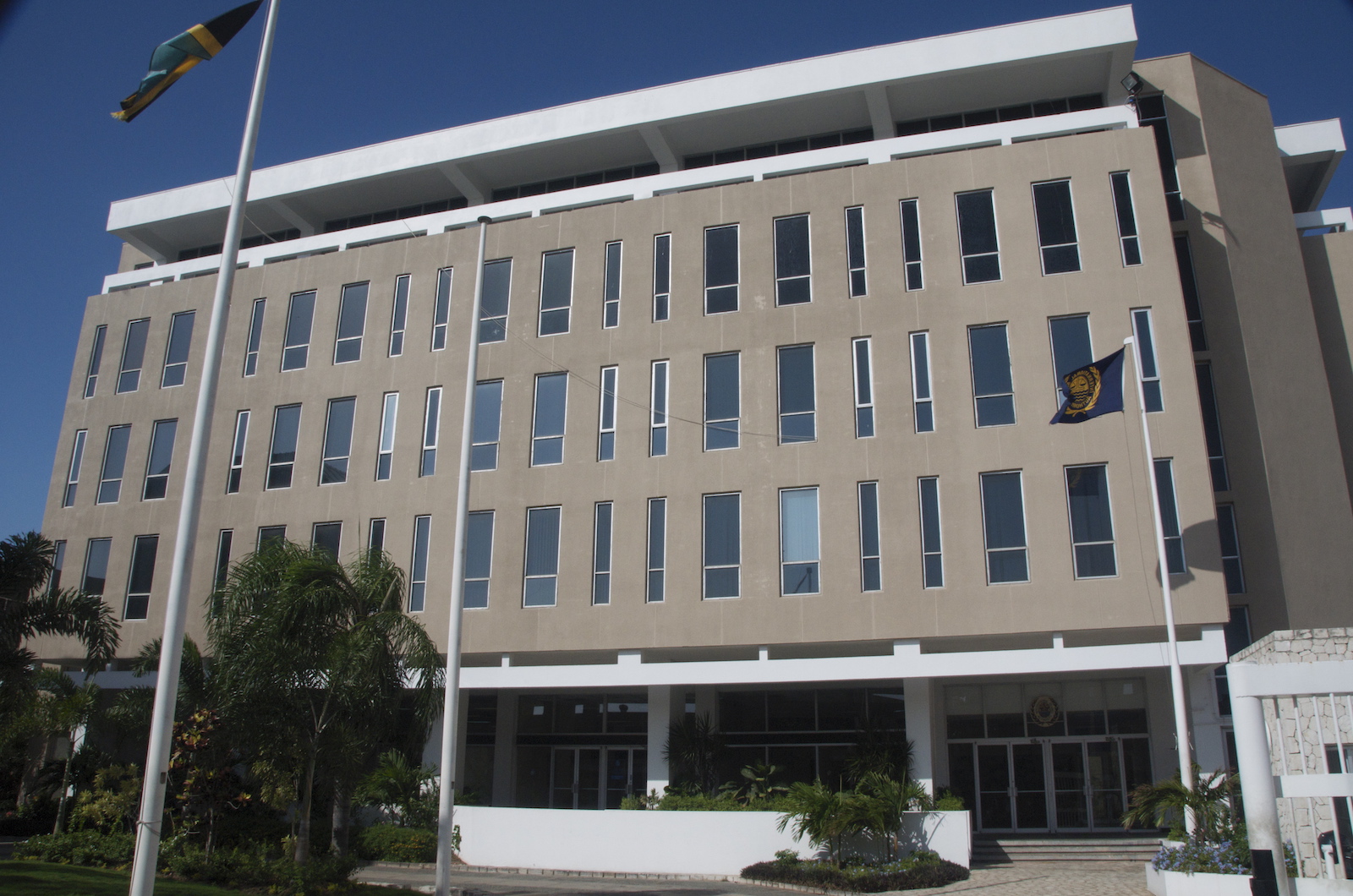
In July 2006, the BGR finally signed an exploration contract with the ISA. Since then we have explored the manganese nodule deposits, the environmental baseline conditions as well as the biodiversity of the deep sea in BGR’s contract area in the tropical East Pacific during ten seagoing expeditions. In 2015, another contract was signed with the ISA to explore massive sulphide deposits in the Central Indian Ocean. I am leading the Marine Geology Working Group (sub-department of Marine Resource Exploration) that organizes and carries out the exploration work in these two license areas. In addition, I am a member of the ISA’s Legal and Technical Commission (LTC) since 2020. This commission consists of experts from the fields of law, geosciences, environmental sciences and mining engineering, and meets two to three times a year to, amongst others, develop draft decisions and regulations for the Mining Code before they are submitted to the ISA Council for review and endorsement. Furthermore, the LTC reviews applications for exploration or, in the future, for mining and recommends these for adoption or rejection. In addition, it monitors the exploration work of the contractors e.g. through the review of annual reports.
Coinciding with the start of our SO295 expedition on 31 October, this year’s third two-week session of the ISA Council commenced. The ISA is an institution in the United Nations system and is responsible for the seabed beyond the limits of national jurisdiction, i.e. outside the 200 nautical mile zones. The area comprises more than 40 percent of the Earth’s surface and is considered common heritage of humankind according to the United Nations Convention on the Law of the Sea. The ISA, which was founded in 1994 and currently consists of 167 member states plus the European Union, administers this heritage and has the difficult mandate of responsibly managing the development of deep-sea resources in the Area whilst protecting the marine environment from serious harm.
At the recent ISA Council session, the German government delivered a statement that Germany will not support any applications for deep-sea mining until further notice. Without this formal consent, called “sponsorship”, companies cannot submit plans of work for exploitation in the current BGR contract areas for exploration. In addition, Germany has called for a “precautionary pause”, i.e. not to start deep-sea mining until the mining regulations have been fully adopted and until sufficient scientific knowledge on environmental impacts of mining is available. The government therefore calls for intensified scientific environmental research.
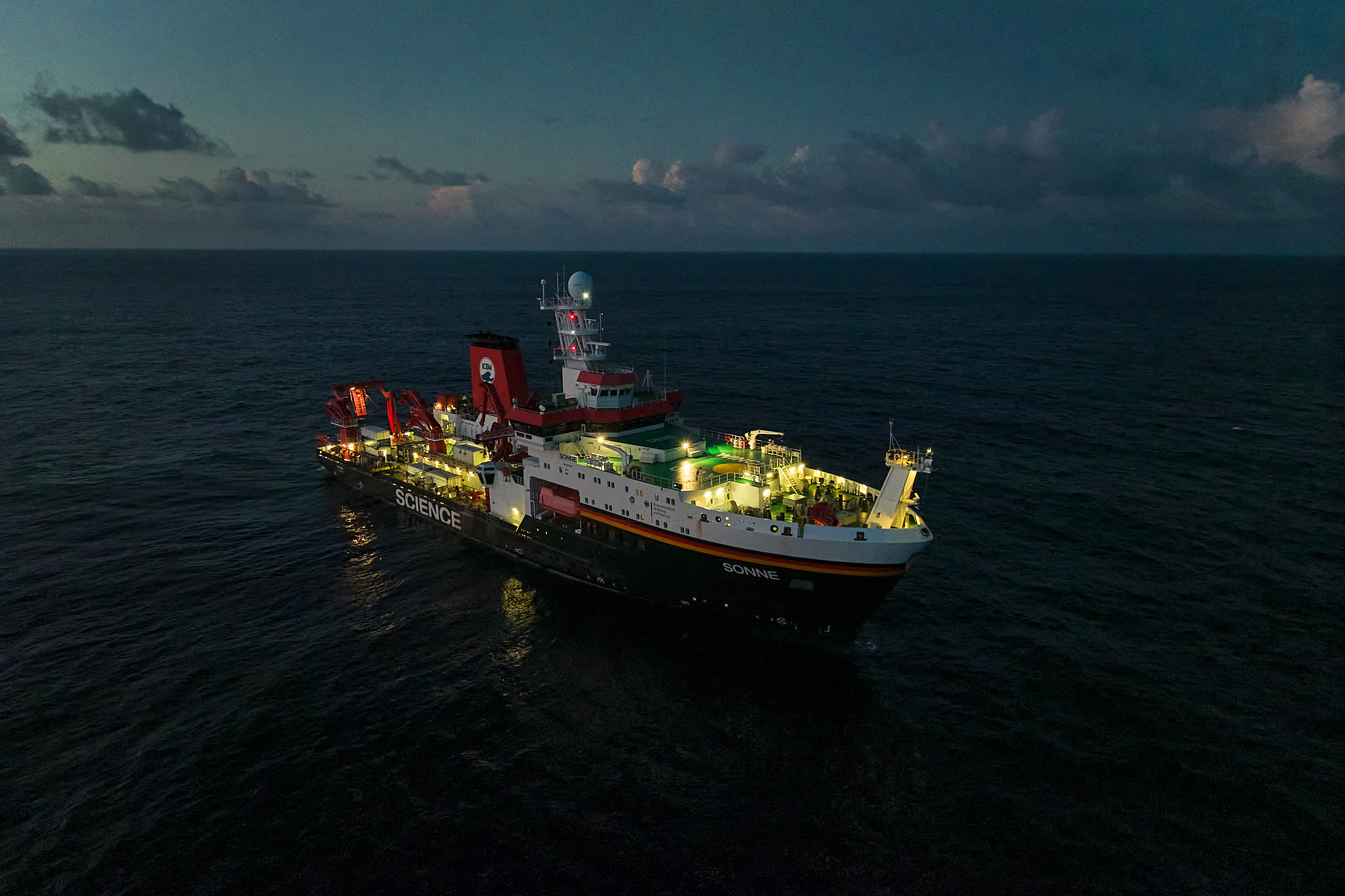
At the same time, pressure to finalize the Mining Code has risen after the island state of Nauru invoked the so-called two-year rule of the Law of the Sea in July 2021. According to this rule, the Council is to provisionally approve a mining application after the expiry of the two-year period based on the regulatory framework available at that time, if the legal framework for deep-sea mining has not yet been finalized.
Ultimately, we are here in the Pacific Ocean onboard the research vessel SONNE to obtain independent and sound scientific information that can support the ISA in developing these rules. The impacts of future mining on the environment and the animals that live there are so far only partly understood. In particular, data from large-scale experiments that realistically simulate industrial mining are still scarce. Our aim is thus to study comprehensively and thoroughly the impacts of a mining test that the Belgian company Global Sea Mineral Resources (GSR) carried out in spring 2021 in their own contract area and in the BGR contract area. One and a half years ago, a prototype collector was used to remove the metal-rich manganese nodules from the seabed in a relatively small area, including the topmost layer of the seabed with the animals living in it and on it.
The topics that are being investigated during this cruise and will be further studied during expeditions in the coming years are: what fraction of the larger animals (megafauna), including mobile organisms not directly attached to nodules, is lost in the mined area? How severe is the mortality of smaller organisms (meio- and macrofauna) living on or in the sediments at different distances from the mined area, and how does this change with time? What impact does the suspension cloud that is produced during the mining operation have on organisms at different distances from the mined area? How does the microbial community and how do biogeochemical conditions such as oxygen fluxes and nutrient availability change with space and time? Which heavy metals are potentially released into the water column? Can placing of artificial hard substrates on the seafloor assist in the recolonization of mined areas? What is the spatial variability of environmental variables and faunal communities on a regional scale (i.e. mined area and vicinity), in the contract areas, and across the whole CCZ? How closely are animals genetically connected over these vast areas (spanning tens, hundreds to thousands of kilometers)?
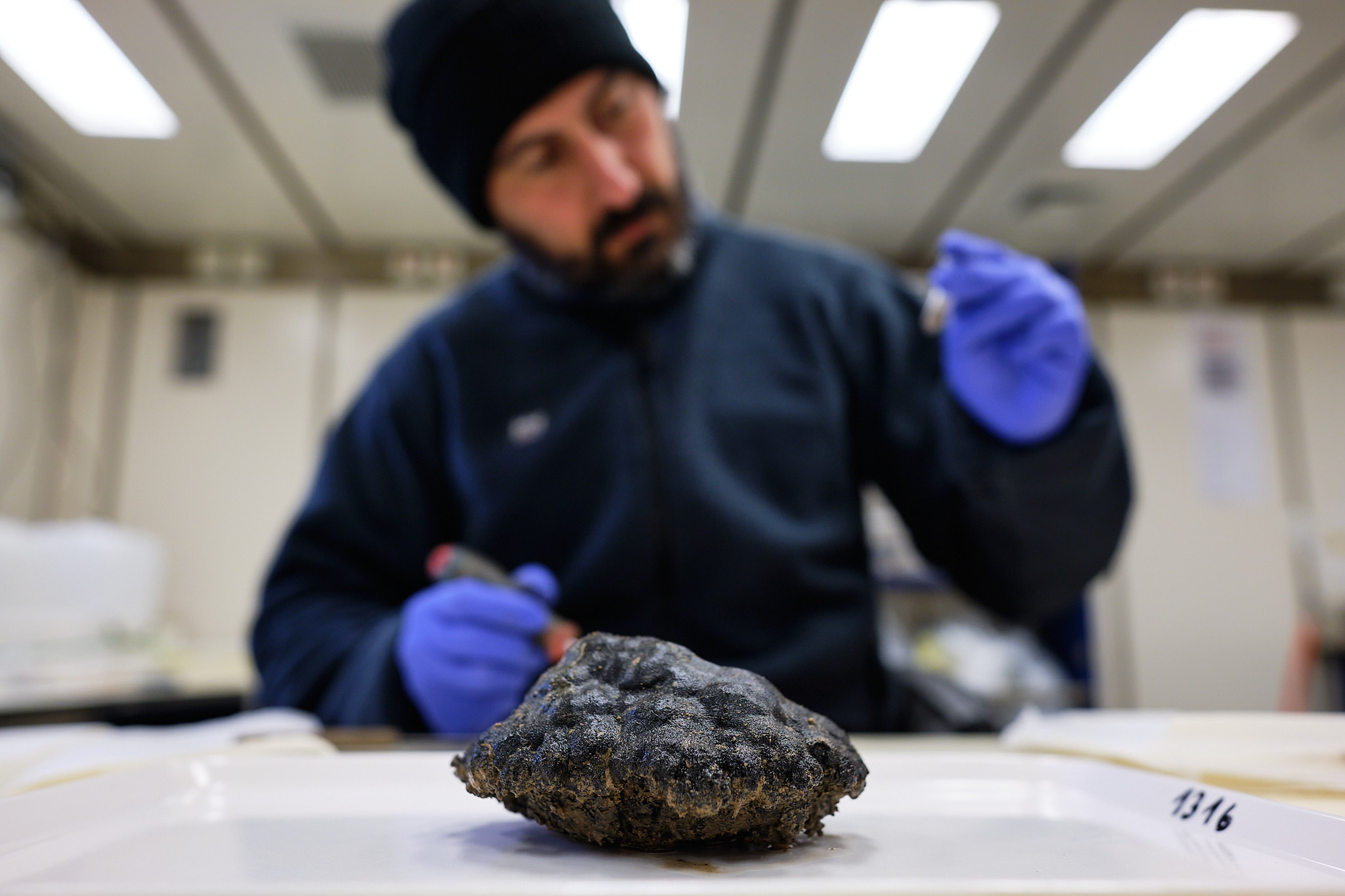
Scientific results and hypotheses pertaining to these questions will be incorporated into the ISA’s standards and guidelines, for example to define a range of environmental limits or thresholds that should not be exceeded during potential future mining activities. The German delegation submitted a draft decision to the ISA Council in November on the process relating to the development of binding environmental threshold values that was supported by numerous member states and was adopted for implementation. In order to develop these, research such as we are conducting here onboard the SONNE is essential.
That baseline and impact-related research is urgently required is also shown by the successful pilot mining test of the contractor NORI from the Pacific island state of Nauru. A few weeks ago, NORI and its Swiss partner for technology development Allseas deployed a complete mining system consisting of a collector, riser system and production vessel in their contract area in the Pacific Ocean, bringing 3,000 tonnes of manganese nodules to the sea surface. Their successful tests have proved the technical feasibility of deep-sea mining, but at what environmental cost?
Deutsche Version
Die Internationale Meeresbodenbehörde
Carsten Rühlemann, Bundesanstalt für Geowissenschaften und Rohstoffe in Hannover, Deutschland
Ich arbeite im Fachbereich “Marine Rohstofferkundung” der Bundesanstalt für Geowissenschaften und Rohstoffe (BGR), dem geologischen Dienst Deutschlands in Hannover. Die BGR erhielt 2004 von der rot-grünen Bundesregierung den Auftrag, bei der Internationalen Meeresbodenbehörde (IMB) in Kingston, der Hauptstadt Jamaikas, eine Lizenz zur Erkundung von Manganknollen im Pazifik zu beantragen. Damals stiegen die Preise für Metallrohstoffe stark an und die Regierung war besorgt über die Sicherheit der künftigen Versorgung unseres Landes mit den für die deutsche Wirtschaft und unseren Wohlstand wichtigen Metallen. Sie entschloss sich deshalb, in die nach den 1970er Jahren erneut auflebende Exploration von Tiefseerohstoffen zu investieren.
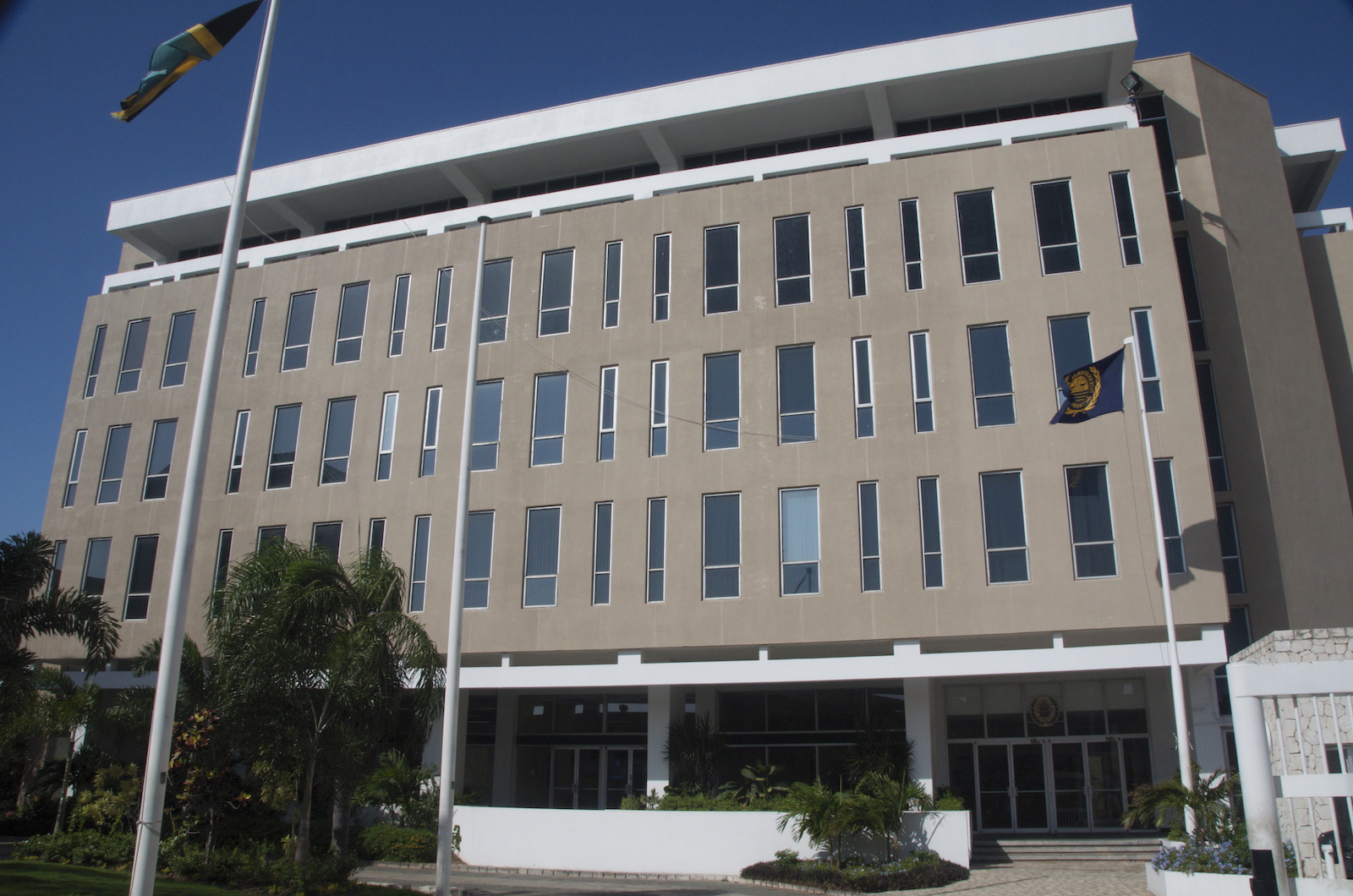
Im Juli 2006 unterzeichnete die BGR schließlich einen Explorationsvertrag mit der IMB und seitdem haben wir auf zehn Expeditionen das Rohstoffvorkommen und die Umweltbedingungen, inklusive der Biodiversität der Tiefsee, im Lizenzgebiet der BGR im tropischen Ostpazifik erforscht. Ich leite die meeresgeologische Arbeitsgruppe, die die Erkundungsarbeiten in den mittlerweile zwei Lizenzgebieten organisiert. Denn 2015 wurde ein weiterer Vertrag mit der IMB zur Erkundung von Sulfidvorkommen im Indischen Ozean abgeschlossen. Seit 2020 bin ich außerdem Mitglied in der Rechts- und Fachkommission der IMB. Diese setzt sich aus Fachleuten aus den Rechts-, Geo- und Umweltwissenschaften sowie dem Bergbauingenieurswesen zusammen und kommt zwei- bis dreimal im Jahr zusammen, um Beschlussvorlagen für den Rat der IMB zu den Abbauregularien – den sogenannten Mining Code – zu erarbeiten. Auch Anträge auf Erkundung oder in Zukunft auf Abbau werden von der Kommission geprüft und zur Umsetzung oder Ablehnung empfohlen. Darüber hinaus überwacht sie die Explorationsarbeiten der Lizenznehmer.
Zeitgleich mit dem Start unserer Expedition SO295 am 31. Oktober begann die dritte zweiwöchige Sitzung des Rates der IMB in diesem Jahr. Diese Institution im System der Vereinten Nationen ist für den Meeresboden jenseits der Grenzen nationaler Rechtsprechung, also außerhalb der 200 Seemeilen-Zonen zuständig. Das Gebiet macht gut 40 Prozent der Erdoberfläche aus und gilt nach dem Seerechtsübereinkommen der Vereinten Nationen als “Gemeinsames Erbe der Menschheit”. Die 1994 gegründete IMB mit derzeit 167 Mitgliedsländern plus der Europäischen Union verwaltet dieses Erbe.
Die IMB hat den Auftrag, alle Aktivitäten zur wirtschaftlichen Nutzung des internationalen Meeresbodens zum Wohle der gesamten Menschheit zu regulieren und zu überwachen. Zugleich soll sie den effektiven Schutz der Meeresumwelt vor schädlichen Auswirkungen, die durch einen Rohstoffabbau am Meeresboden entstehen können, sicherstellen und einen Interessenausgleich zwischen Industrie- und Entwicklungsländern fördern. Das sind ziemlich umfangreiche und anspruchsvolle Aufgaben. Da noch kein Tiefseebergbau stattfindet, besteht die zentrale Arbeit der IMB neben der Vergabe und Überwachung von Verträgen zur Erkundung der Rohstoffvorkommen zur Zeit darin, die Regeln für den zukünftigen Abbau der mineralischen Rohstoffe der Tiefsee zu erarbeiten. Dazu gehören neben den Manganknollen auch Mangankrusten und Massivsulfide.
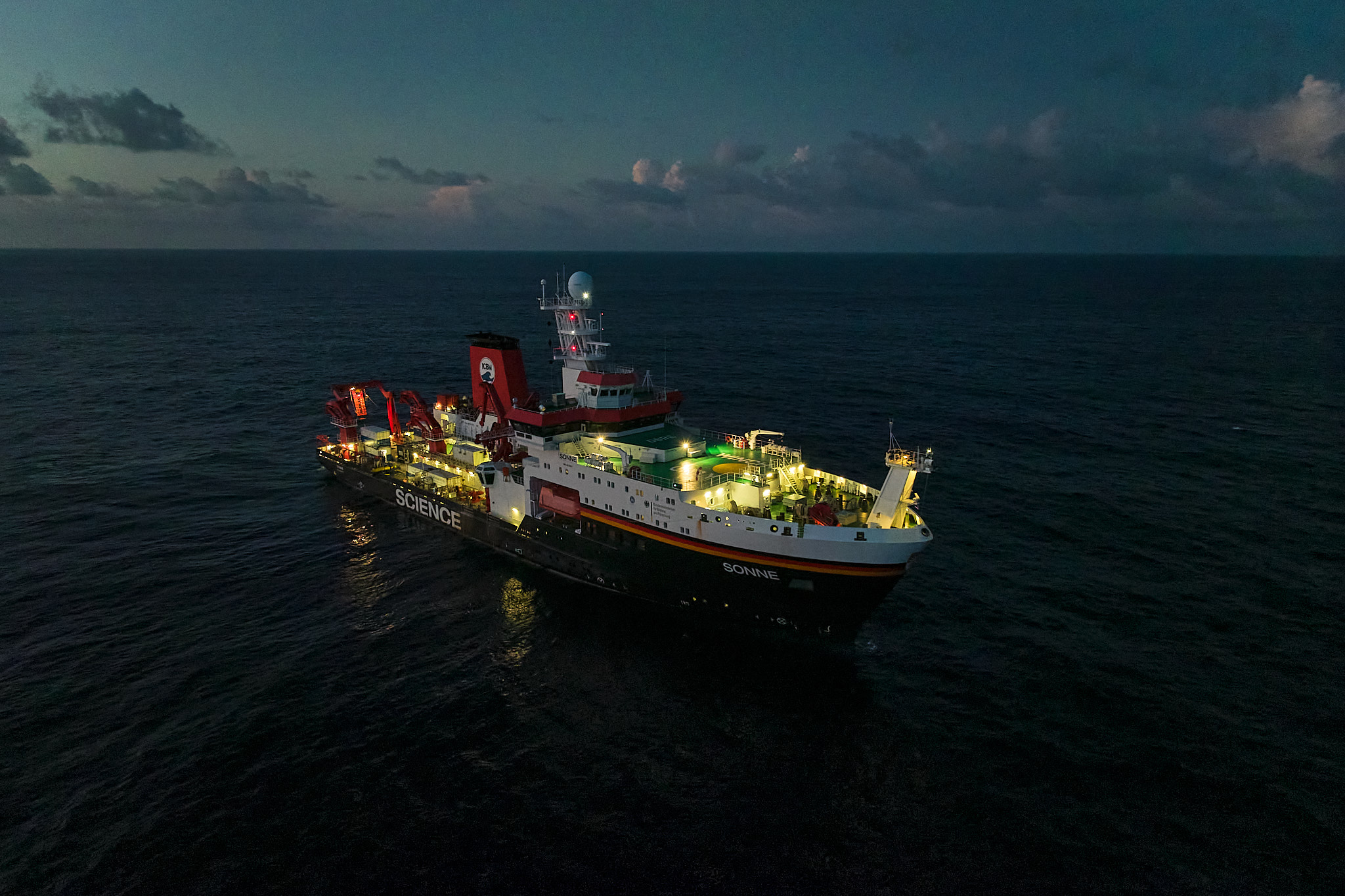
Zu Beginn der Verhandlungen des IMB-Rates Ende Oktober hat die deutsche Delegation in einer Grundsatzerklärung der Bundesregierung zum Tiefseebergbau bekanntgegeben, dass Deutschland bis auf Weiteres keine Abbauanträge unterstützen wird. Ohne diese formelle Zustimmung, die nach dem Seerecht “Sponsoring” genannt wird, können Unternehmen bei der IMB keine Abbauanträge für das Lizenzgebiet der BGR stellen. Zudem warb Deutschland für eine sogenannte „precautionary pause“, also dafür, keinen Tiefseebergbau zu beginnen, bis ausreichende wissenschaftliche Erkenntnisse über die Umweltauswirkungen vorliegen. Dafür sollen die Erforschung der Tiefsee und der möglichen Auswirkungen eines Tiefseebergbaus auf die Meeresumwelt verstärkt werden.
Zugleich ist Handlungsdruck bei der Fertigstellung des Mining Codes entstanden, nachdem der Inselstaat Nauru Mitte 2021 die im Seerecht verankerte sogenannte Zweijahresregel in Kraft gesetzt hat. Demnach soll der Rat nach Ablauf der Zweijahresfrist einen Abbauantrag vorläufig genehmigen, falls der Rechtsrahmen für einen Tiefseebergbau nicht fertiggestellt ist.
An Bord der SONNE sind wir letztlich hier im Pazifik unterwegs, um die IMB bei der Ausgestaltung dieser Regeln zu unterstützen. Die Auswirkungen eines zukünftigen Abbaus auf die Umwelt der Tiefsee und die dort lebenden Tiere sind bislang nur teilweise verstanden. Insbesondere fehlen noch Daten von großräumigeren Versuchen, die einen industriellen Abbau realistisch simulieren. Deshalb untersuchen wir die Folgen eines Abbautests, den das belgische Unternehmen Global Sea Mineral Resources (GSR) im Frühjahr 2021, also vor anderthalb Jahren in ihrem eigenen Lizenzgebiet und in dem der BGR unternommen hat. Dabei wurde mit einem Kollektor neben den metallreichen Manganknollen auch die oberste Schicht des Meeresbodens mit den darin und darauf lebenden Tieren entfernt.
Fragen, die wir mit dieser und mit weiteren Expeditionen in den kommenden Jahren beantworten wollen, sind: Wie viele und welche Tiere sind zu welchem Zeitpunkt nach dem Abbau noch vorhanden? Wie schnell wird der Meeresboden wiederbesiedelt und welche Arten kehren als erstes zurück? Welche brauchen länger oder kommen gar nicht zurück? Wie beeinflusst der Abbau die Bakteriengemeinschaft und wie verändern sich die biogeochemischen Bedingungen, also zum Beispiel der Sauerstoffgehalt oder die Nährstoffverteilung im Meeresboden und welche Schwermetalle werden in welcher Menge in die Wassersäule freigesetzt? Welchen Einfluss hat die Trübewolke, die beim Abbau entsteht und sich mit der Bodenströmung ausbreitet?
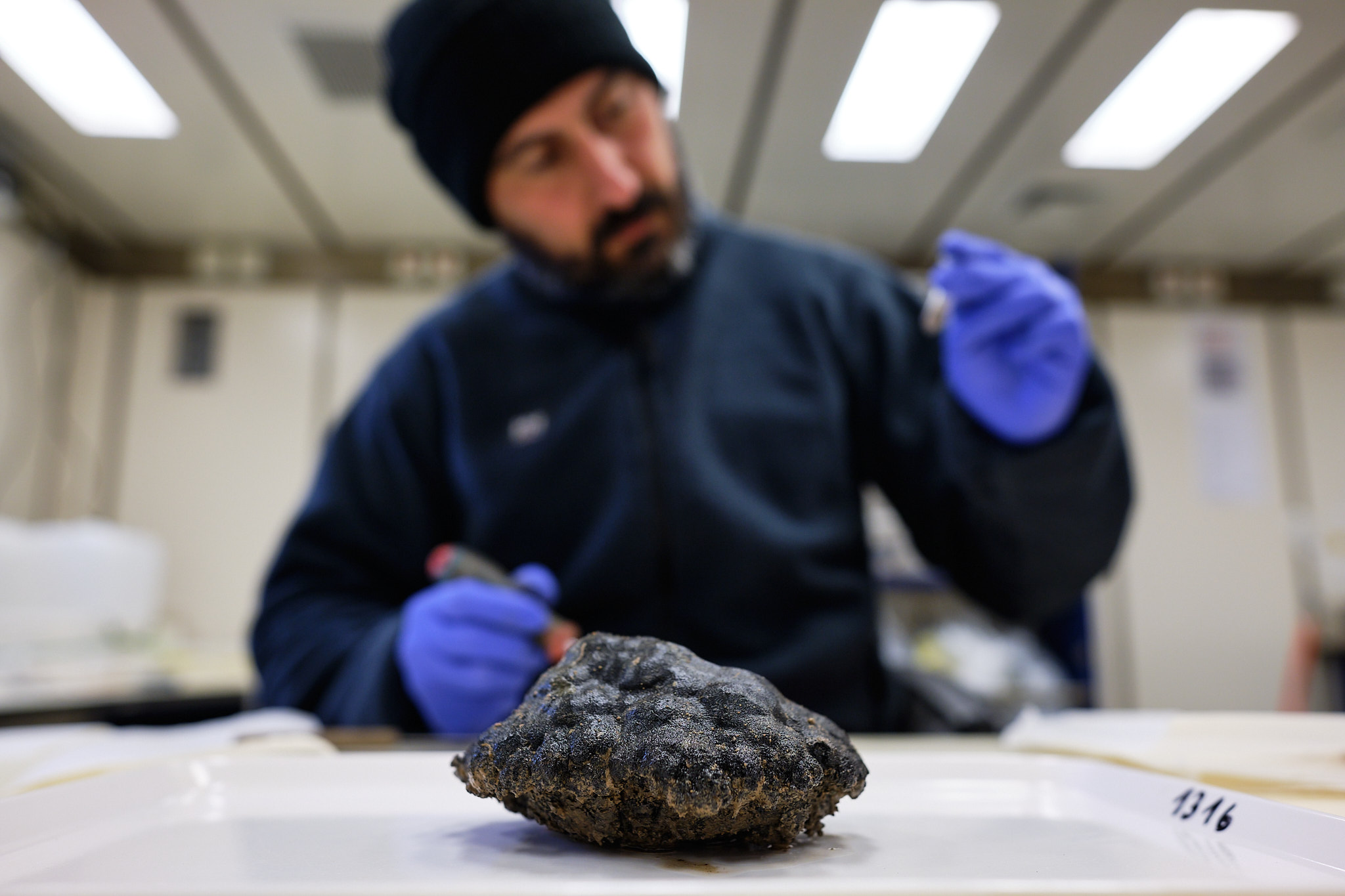
Unsere Antworten auf diese Fragen werden in die Standards und Richtlinien der IMB einfließen, zum Beispiel bei der Festlegung von Umweltgrenzwerten, die beim Abbau nicht über- oder unterschritten werden sollen. Zur Erarbeitung dieser Standards hat die deutsche Delegation in den Rat der IMB eine Entscheidungsvorlage eingebracht, die von vielen anderen Ländern unterstützt und zur Umsetzung angenommen wurde. Um sie mit Leben zu füllen, ist Forschung notwendig, wie wir sie hier an Bord der SONNE durchführen.
Dass es höchste Zeit für unsere Untersuchungen ist, zeigt auch der erfolgreiche Abbautest des Lizenznehmers NORI aus dem pazifischen Inselstaat Nauru. Mit Hilfe des Unternehmens Allseas aus der Schweiz hat NORI vor wenigen Wochen erstmals ein komplettes Abbausystem mit Kollektor, Förderstrang und Förderschiff eingesetzt und damit 3000 Tonnen Manganknollen an die Meeresoberfläche geholt. Ihr erfolgreicher Test hat gezeigt, dass Tiefseebergbau technisch machbar ist. Aber zu welchen Umweltkosten?